Featured Services
Services
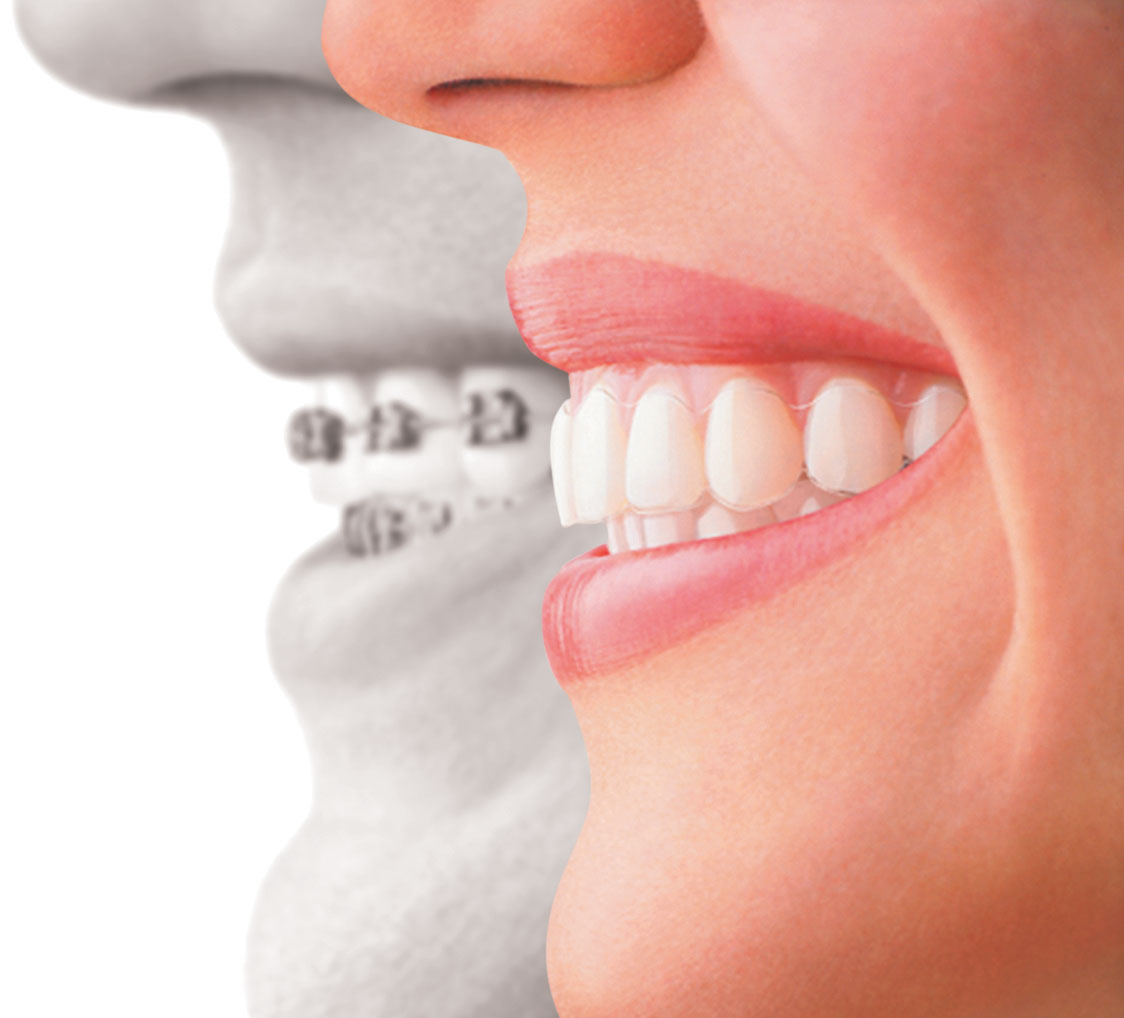
Orthodontics
Orthodontics is one of many dental specialties. The word “orthodontics” is derived from the Greek words orthos, meaning proper or straight and odons meaning teeth.
Orthodontics is specifically concerned with diagnosing and treating tooth misalignment and irregularity in the jaw area. Initially, orthodontic treatments were geared
toward the treatment of teens and pre-teens, but these days around 30 percent of orthodontic patients are adults.
There are many advantages to well-aligned teeth, including easier cleaning, better oral hygiene, clearer speech and a more pleasant smile. Though orthodontic treatment
can be effective at any age, the American Dental Association suggests that an orthodontic assessment should be performed around the age of seven. The earlier orthodontic
treatment begins, the more quickly the problem can be successfully resolved.
Orthodontics is a technologically advanced field which offers many sophisticated solutions to malocclusions and other cosmetic problems. The orthodontist will generally
perform a visual examination, panoramic x-rays and study models (bite impressions) in order to assess the exact nature of the discrepancy.
When a diagnosis has been made, there are a variety of orthodontic treatment options available.
Here is an overview of some of the most common treatments:
• Fixed orthodontic braces – A metal or ceramic dental base is affixed to each tooth, and a dental wire is inserted through each base. The orthodontist is able to gradually train the teeth into proper alignment by regularly adjusting the wire. When the desired results are achieved, the fixed dental braces are completely removed.
• Removable appliances – There are a wide range of removable appliances commonly used in orthodontics, including headgear that correct overbites, Hawley retainers that improve the position of the teeth even as the jawbone reforms, and facemasks which are used to correct an underbite.
• Invisalign® – This is a newer, removable type of dental aligner that is completely transparent. Invisalign® does not interfere with eating because of its removable nature, and mechanically works in the same way as the traditional metal dental braces. Not all patients are candidates for Invisalign®.
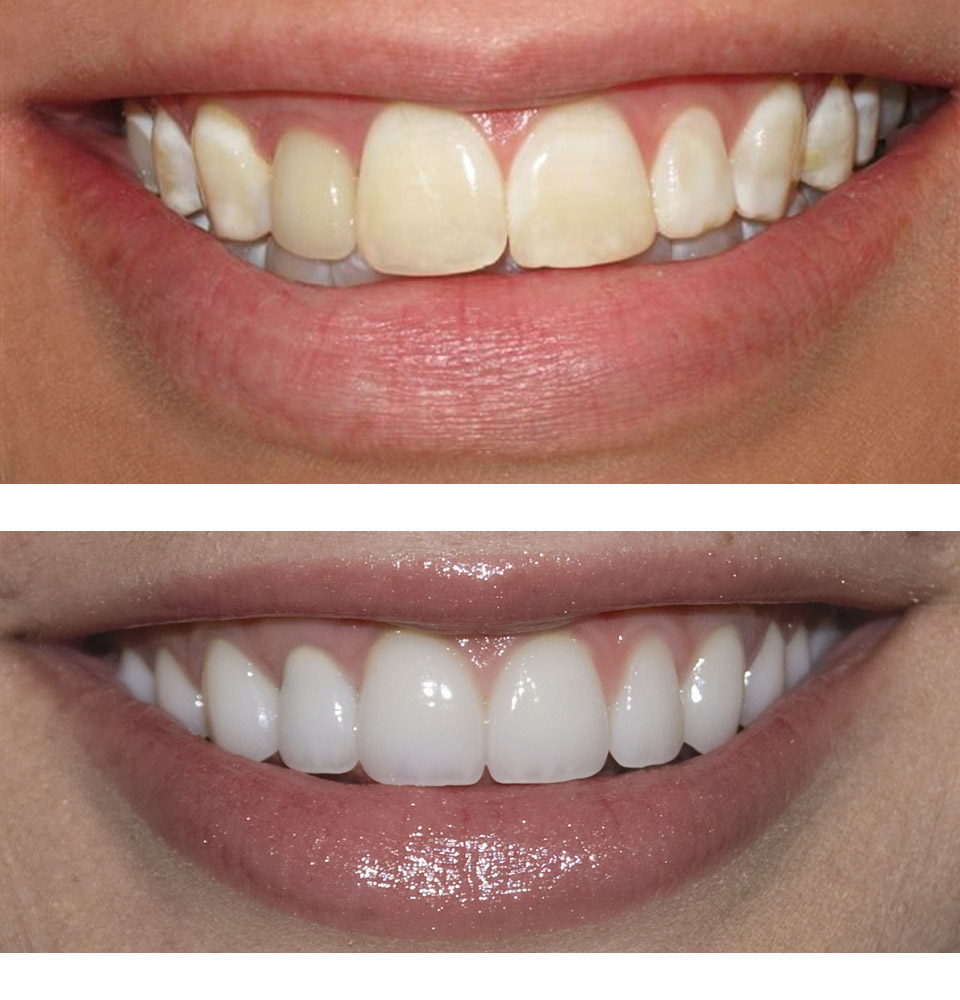
Veneers
Your smile is your currency. Flashing a healthy, vibrant smile invites others in and promotes a warm, positive interaction that can affect both your personal and your
professional life. By contrast, hiding your smile due to damaged or discolored teeth can make you look unapproachable, upset or even angry — all looks that keep others
at bay. Why waste any more time being embarrassed by your teeth when you can have a beautiful, camera-ready smile and without extensive dental work?
Cedars Dental Center offers porcelain veneers to correct cosmetic dental problems like chipped, stained, discolored and misshapen teeth. Porcelain veneers are thin
porcelain shells that are bonded to the surface of your teeth to craft a smile that is all at once stunning and natural-looking.
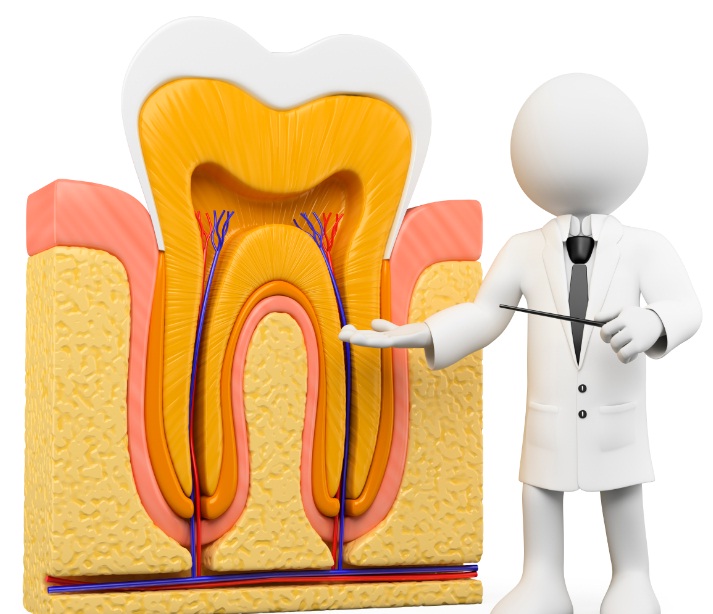
Root Canal Treatment
Is a common dental procedure that involves the cleansing of the internal structure of the tooth (the dental pulp).
This procedure is necessitated when the dental pulp becomes irreversibly damaged due to inflammation or infection. Common causes of this damage are dental decay or trauma
to the tooth. The process involves careful cleaning, shaping, sterilisation and filling of the internal structure of the tooth.
Single Root Endodontics
• A filled or decayed tooth with an abscess.
• The filling is removed to access the cavity.
• The root canals are reamed to remove the tooth nerves.
• Gutta-perchas are inserted to fill the root.
• These are then cut-off, sealed and the tooth filled.
• The abscess will reduce.
• A crown may be necessary later.
Multi Root Endodontics
• Root treatments on back teeth can be more complicated because they have a number of roots.
• The root canals are exposed.
• roots then need to be excavated making sure that the entire tooth nerve is removed.
• The cavity is then filled with gutta percha and the tooth then filled.
Root canal therapy in the past has had a poor image and patients often express concern that they have heard that root canal can be unpleasant. Modern endodontics, carried out with
state of the art equipment is now a predictable and virtually pain free procedure.

Crowns and bridge
Sometimes teeth undergo significant damage due to cavities, heavy bite forces, trauma, or even normal functioning. If a root canal is needed to salvage a severely compromised nerve,
the tooth may be especially fragile. Many situations can leave teeth in danger of being lost if treatment is bypassed. Dental crowns, or caps, allow these teeth to be rebuilt and covered
with materials that mimic nature. Not only are most “capped” teeth indistinguishable from natural teeth, they’re also extremely strong and comfortable.
Crowns can be crafted to repair a single tooth, mutliple teeth (including the entire mouth), or in conjunction with dental implants to fill an empty space. In fact, when missing teeth
enter the equation, special consideration might be given to placing a dental bridge or implants.
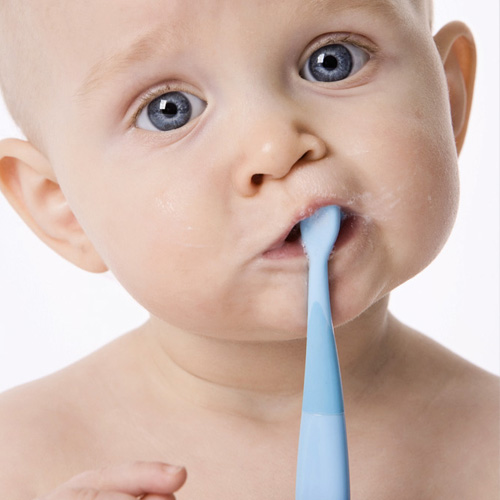
Pediatric Dentistry
Our goal, as your Northern Virginia pediatric dentists, is to provide your children with excellent pediatric dental care. Our clinics have been specifically designed to create a child-friendly environment to ensure each patient a comfortable and pleasant experience. Our friendly and caring approach will help your child develop a positive experience as they begin their lifetime journey to maintain a healthy smile We specialize in caring for children from infancy through the teen years, and those with special needs.
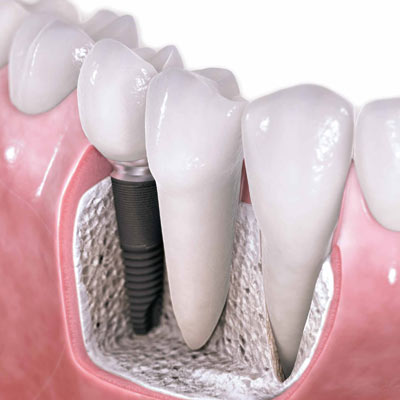
Periodontics
Teeth have a support system comprised of bone surrounded by hard and soft tissue to hold teeth firmly in place. Gum disease attacks the teeth below the gum line in a small space called the sulcus. Gingivitis, a mild form of gum disease occurs when bacteria builds up under the tissue and forms into calculus, a hard form of plaque.
Calculus cannot be removed by brushing and can only be removed through a regular dental cleaning performed by a hygienist. Untreated, plaque can result in the pockets of the gums to become deeper, a severe condition known as periodontitis. These deeper pockets expose more of the supporting bone and tissue that retain the teeth to decay and infection. Severe periodontal disease can result in oral problems such as tooth loss and tissue recession as the bone breaks down and the teeth become demineralized.
Periodontitis is preventable and in most cases can be treated with regular dental exams and cleanings.
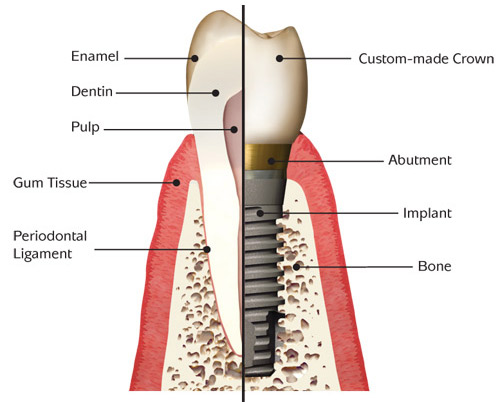
Dental Implants
A dental implant is an artificial replacement for a tooth root, designed to hold dental crowns, caps and bridges. Dental implants have a very high success rate over 95%, are predictable and are a natural feeling lifelong solution for missing teeth. Many of the advantages of dental implants include:
• Prevent further bone loss (atrophy) and preserve existing bone
• Prevent altering of adjacent teeth as required for a bridge
• Last a very long time with proper maintenance
• Are permanently fixed like natural teeth – non removable
• Look, feel and function like natural teeth
• Improved chewing ability and speech
• Improved denture function when used for retention
• Improved self-confidence and “feeling whole again”
Based on your case examination and treatment plan, other implant services include:
• Same day “immediate-implant placement” following extraction
• Provide “immediate temporization” (temporary crown/cap) on the day of the implant placement
Our office provides on premises, minimum exposure Cone-beam CT Scans to determine the exact quantity and quality of bone for ideal implant placement.
We utilize cone-beam CT scans to determine the exact quantity and quality of bone for placement of implants.

Oral Surgery
From time to time, presenting conditions will require that small operations are carried out in the mouth. These procedures fall in to the category
of oral surgery and a number of the most commonly encountered are listed below. These procedures are commonly carried out with the
Routine extraction:
If a tooth is deemed unrestorable in the mouth or has a poor long term prognosis, extraction may be advised. The tooth is removed as gently as possible
and the area allowed to heal before replacement of the tooth is considereduse of local anaesthesia only.
Surgical extraction:
If a tooth is deemed unrestorable in the mouth or has a poor long term prognosis, extraction may be advised. In some cases the position of a tooth or
its roots, the amount of decay in a tooth, or the decreased volume of tooth tissue may mean that conventional or atraumatic extraction is not possible.
In cases such as this, a surgical extraction would be carried out. This would involve a small incision to access and remove the tooth or tooth portions
from beneath the gum. In some surgical cases, bone removal may be required in order to facilitate the tooth removal. Bone removal is carried out using
either a bur or piezo surgery which is considered one of the safest and most atraumatic techniques available for bone removal. Following the removal
of the tooth or tooth fragments, the area is likely to be closed with some small stitches to allow the area to heal.
Wisdom tooth extraction:
One of the most common surgical extractions would be for the removal of impacted (stuck or jammed) lower wisdom teeth within the bone or against the
remaining teeth. This prevents the teeth erupting as normal into the arch. In the clinic, we follow closely the Scottish Intercollegiate Guidelines
Network (SIGN) guidelines for wisdom tooth extraction ensuring that teeth are extracted as safely and predictably as possible. Impacted or buried wisdom
tooth removal requires careful planning and mat involve the use of CT scanning to determine the exact tooth position in three dimensions to ensure its
safe removal without damage to adjacent structures.
Impacted canines:
On occasion, the upper canine teeth can become impacted (stuck or jammed) within the bone or against the remaining teeth. This prevents the teeth
erupting as normal into the arch. These cases are generally planned following assessment by and discussion with our Specialist orthodontist.

